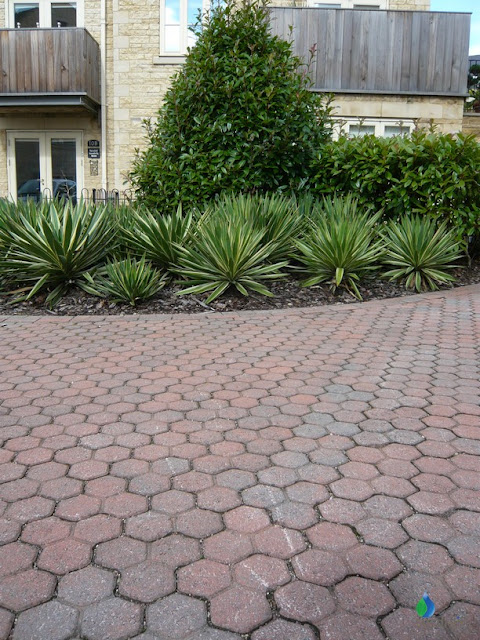- Delivering SuDS
- Using SuDS
- Background
- SuDS principles
- Benefits of SuDS
- Benefits of SuDS
- Why developers should choose SuDS
- Flood risk management
- Water quality management
- Biodiversity & ecology
- Amenity
- Air quality
- Building temperature
- Carbon reduction and sequestration
- Crime
- Economic growth
- Enabling development
- Flexible infrastructure/climate change adaptation
- Education
- Groundwater recharge
- Health and well being
- Pumping wastewater
- Rainwater harvesting
- Recreation
- Tourism
- Traffic calming
- Treating wastewater
- SuDS components
- SuDS components overview
- Source control
- Swales & conveyance channels
- Filtration
- Infiltration
- Retention & detention
- Wetlands
- Inlets, outlets and control structures
- SuDS performance & monitoring
- Delivery
- The costs & benefits of SuDS
- Adoption & maintenance of SuDS
- Legislation & regulation
- Design guidance
- Retrofitting SuDS
- Drainage exceedance
- Home
- Delivering SuDS
- Using SuDS
- SuDS components
- Source control
- Pervious surfaces
- Pervious surfaces overview
Component: Pervious surfaces

Description
Pervious surfaces can be either porous or permeable. The important distinction between the two is:
- Porous surfacing is a surface that infiltrates water across the entire surface.
- Permeable surfacing is formed of material that is itself impervious to water but, by virtue of voids formed through the surface, allows infiltration through the pattern of voids.
Pervious surfaces provide a surface suitable for pedestrian and/or vehicular traffic, while allowing rainwater to infiltrate through the surface and into underlying layers.
The water can be temporarily stored before infiltration to the ground, reused, or discharged to a watercourse or other drainage system. Surfaces with an aggregate sub-base can provide good water quality treatment.
Advantages and disadvantages
|
Advantages |
|
|
Disadvantages |
|
Where component can be used
Residential: Yes
Commercial/industrial: Yes
High density: Yes
Retrofit: Yes
Contaminated sites: Yes
Sites above vulnerable groundwater: Yes
Performance
Peak flow reduction: Good
Volume reduction: Good
Water quality treatment: Good
Amenity potential: Poor
Ecology potential: Poor
Read more on:



